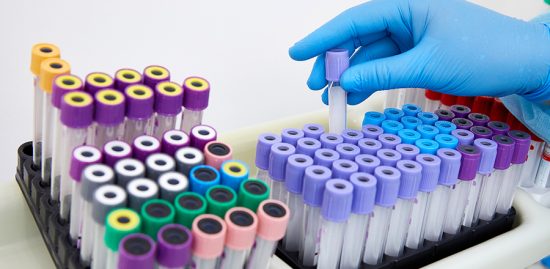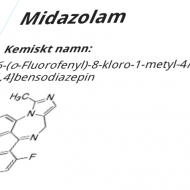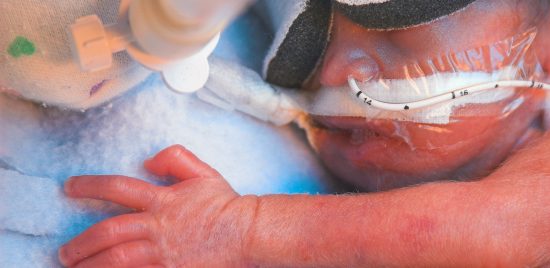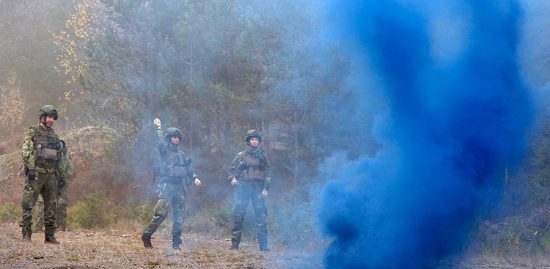1.Alcohol policy in the WHO European region: current status and the way forward. Fact sheet EURO/10/05. Available from: http://www.euro.who.int/document/mediacentre/fs1005e.pdf
2.Alkohol, droger och trafik. Vägverket 2008-06. Available from: http://publikationswebbutik.vv.se/upload/1745/88294_alkohol_droger_trafik_6.pdf
3.Nationella resultat från folkhälsoenkäten 2007 Hälsa på lika villkor?
Statens folkhälsoinstitut. http://www.fhi.se/templates/Page____12670.aspx
4.Wurst FM, Skipper GE, Weinmann W. Ethyl glucuronide – the direct ethanol metabolite on the threshold from science to routine use. Addiction. 2003;98 (suppl 2): 51-61
5.Helander A, Beck O. Ethyl sulphate: a metabolite of ethanol in humans and a potential biomarker of acute alcohol intake. J Anal Toxicol. 2005;29(5):270-4
6.Wurst FM, Alling C, Aradottir S, Pragst F, Allen JP, Weinmann W, et al. Emerging Biomarkers: New Directions and Clinical Applications. Alcohol Clin Exp Res. 2005;29(3):465-73
7.Wurst FM, Alexson S, Wollersdorf M, Bechtel G, Forster S, Alling C, et al. Concentration of fatty acid ethyl esters in hair of alcoholics: comparison to other biological state markers and self reported ethanol intake. Alcohol Alcohol. 2004;39:22-8
8.Alling C, Gustavsson L, Änggård E. An abnormal phospholipid in rat organs after ethanol treatment. FEBS Lett. 1983;152(1):24-8
9.Alling C, Gustavsson L, Månsson JE, Benthin G, Änggård E. Phosphatidylethanol formation in rat organs after ethanol treatment. Biochim Biophys Acta. 1984;793(1):119-22
10.Gustavsson L, Alling C. Formation of phosphatidylethanol in rat brain by phospholipase D. Biochim Biophys Res Commun. 1987;142(3):958-63
11.Aradottir S, Lundqvist C, Alling C. Phosphatidylethanol in rat organs after ethanol exposure. Alcohol Clin Exp Res. 2002;26(5):14-8
12.Aradottir S, Seidl S, Wurst FM, Jönsson BAG, Alling C. Phosphatidylethanol in human organs and blood: a study on autopsy material and influences by storage conditions. Alcohol Clin Exp Res. 2004;28(11):1718-23
13.Aradottir S, Moller K, Alling C. Phosphatidylethanol formation and degradation in human and rat blood. Alcohol Alcohol. 2004;39(1):8-13
14.Varga A, Hansson P, Johnson G, Alling C. Normalization rate and cellular localization of phosphatidylethanol in whole blood from chronic alcoholics. Clin Chim Acta. 2000;299:141-50
15.Varga A, Hansson P, Lundqvist C, Alling A. Phosphatidylethanol in blood as a marker of ethanol consumption in healthy volunteers: Comparison with other markers. Alcohol Clin Exp Res.1998;22(8):1832-37
16.Aradottir S, Asanovska G, Gjerss S, Hansson P, Alling C. Phosphatidylethanol (PEth) concentrations in blood are correlated to reported alcohol intake in alcohol-dependent patients. Alcohol Alcohol. 2006;41(4):431-7
17.Gunnarsson T, Karlsson A, Hansson P, Johnson G, Alling C, Odham G. Determination of phospatidylethanol in blood from alcoholic males using high performance liquid chromatography and evaporative light scattering or electrospray mass spectrometric detection. J Chromatography B Biomed Sci Appl. 1889;705:243-9
18.Wurst FM, Vogel R, Jachau K, Varga A, Alling C, Alt A, et al. Ethyl glucoronide discloses recent covert alcohol use not detected by standard testing in forensic psychiatric inpatients. Alcohol Clin Exp Res. 2003;24:471-6
19.Hartmann S, Aradottir S, Graf M, Wiesbach G, Lesch O, Ramskogler K, et al. Phosphatidylethanol as a sensitive and specific biomarker: comparison with gamma-glutamyl transpeptidase, mean corpuscular volume and carbohydrate-deficient transferrin. Addict Biol. 2007;12(1):81-4
20.Varga A, Alling C. Formation of phosphatidylethanol in vitro in blood cells from healthy volunteers and chronic alcoholics. J Lab Clin Med. 2002;140(2):79-83
21.Aradottir S, Olsson BL. Methodological modifications on quantification of phosphatidylethanol in blood from humans abusing alcohol, using high-performance liquid chromatography and evaporative light scattering detection. BMC Biochem. 2005;6:18. Available from: http://www.biomedcentral.com/1471-2091/6/18
22. Hansson P, Varga A, Krantz P, Alling C. Phosphatidylethanol in post-mortem blood as a marker of previous heavy drinking. Int J Legal Med 2001;115(3):158-61





















